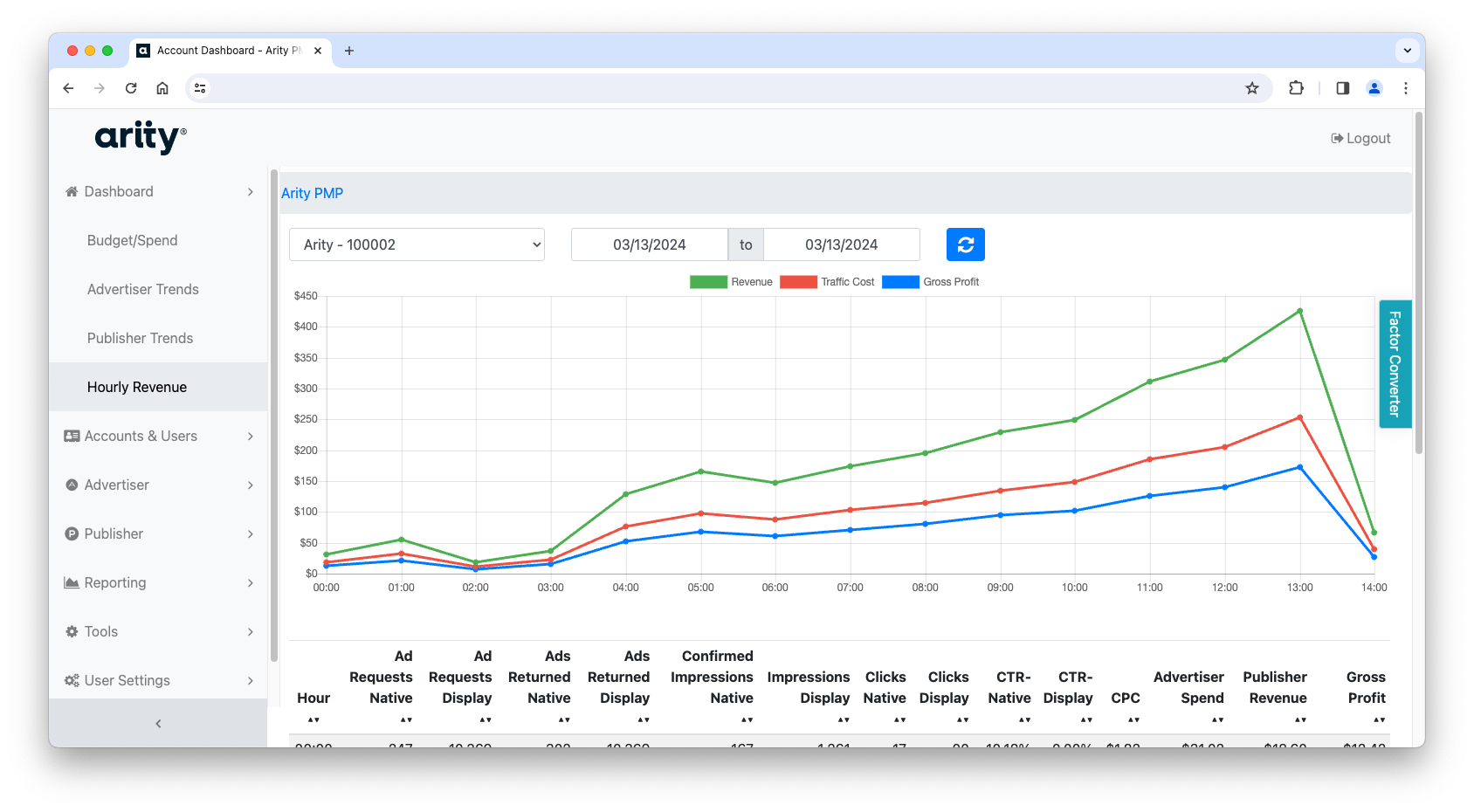
A continuing concern: Distracted driving has increased, again
Distracted driving has increased more than 30% over the past five years. What does this mean for risk on our roads?
Read article

Unpacking the news: Enhanced Arity Marketing Solutions
Four things to know about Arity’s expanded and enhanced suite of marketing solutions.
Read article

The 5 Ws (and 1 H) of predictive mobile marketing for fuel retailers
What is predictive mobile marketing? And how can fuel retailers use it to encourage drivers to stop and shop?
Read article

How do home insurance challenges impact auto insurability?
Three challenges facing home insurance, along with their impacts on auto insurability.
Read article
